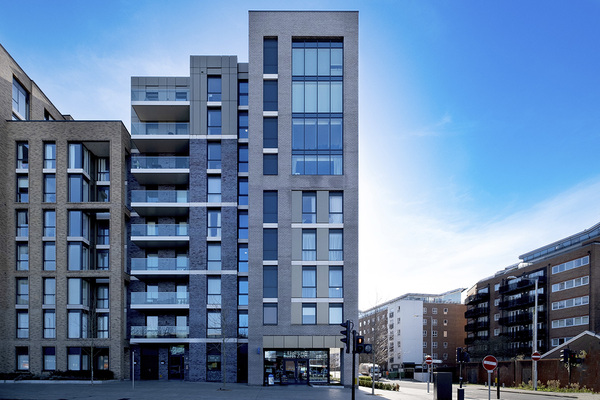Who will build them?
As the government prepares to commit to a 450,000 home building surge, Stuart Macdonald wonders if it will be able to deliver
At the time of writing it seems likely that on Monday the prime minister will announce a house building boom of 450,000 mainly affordable homes in England by 2015.
This is made up of existing development policies accompanied by additional public sector land and some unexpected funding (said by Whitehall sources to be in the ‘low hundreds of millions’) which tallies up to a reasonably impressive housing package.
Assuming this is deliverable, even if 350,000 of these homes are ‘affordable’ (let at sub-market rather than social rents) that will see the coalition build 70,000 such homes every year. The average started under the previous administration in England was just 18,500 a year. So where’s the catch?
Councils want to know what strings are to be attached to the planned resurrection of the right to buy. The level of discount set out in the expected consultation will need to be significantly higher than the current English average of 25 per cent - perhaps as high as 50 per cent - if this policy is to get anywhere near the 100,000 sales Mr Cameron hopes for. The level of cash limits will also need to be similarly increased. Then there is the issue of what happens to the cash once a home has been sold and the associated housing debt paid off.
It sounds likely that the anti-localist plan for the Treasury to retain three-quarters of this remaining receipt will be scrapped, although the cash will instead go to the Homes and Communities Agency. Local authorities will want an assurance that they will have first call on that funding to replace the sold home and the government seems likely to agree.
For 450,000 mainly-affordable homes to be built by 2015 the government will need land, cash and able builders. It seems likely that the attention of the prime minister has ensured the first two, but the latter remains a key stumbling block. Whoever builds these homes will need substantial room to leverage their balance sheet à la the current affordable homes programme. Councils and housing associations can tick this box to a certain extent, but if this plan is to be delivered, private sector house builders will have to come to the party in a big way. If they don’t, Mr Cameron’s house building revolution could be rather short-lived.
Stuart Macdonald is editor of Inside Housing









